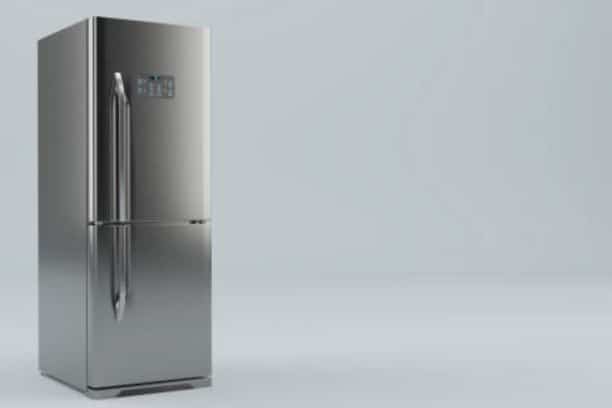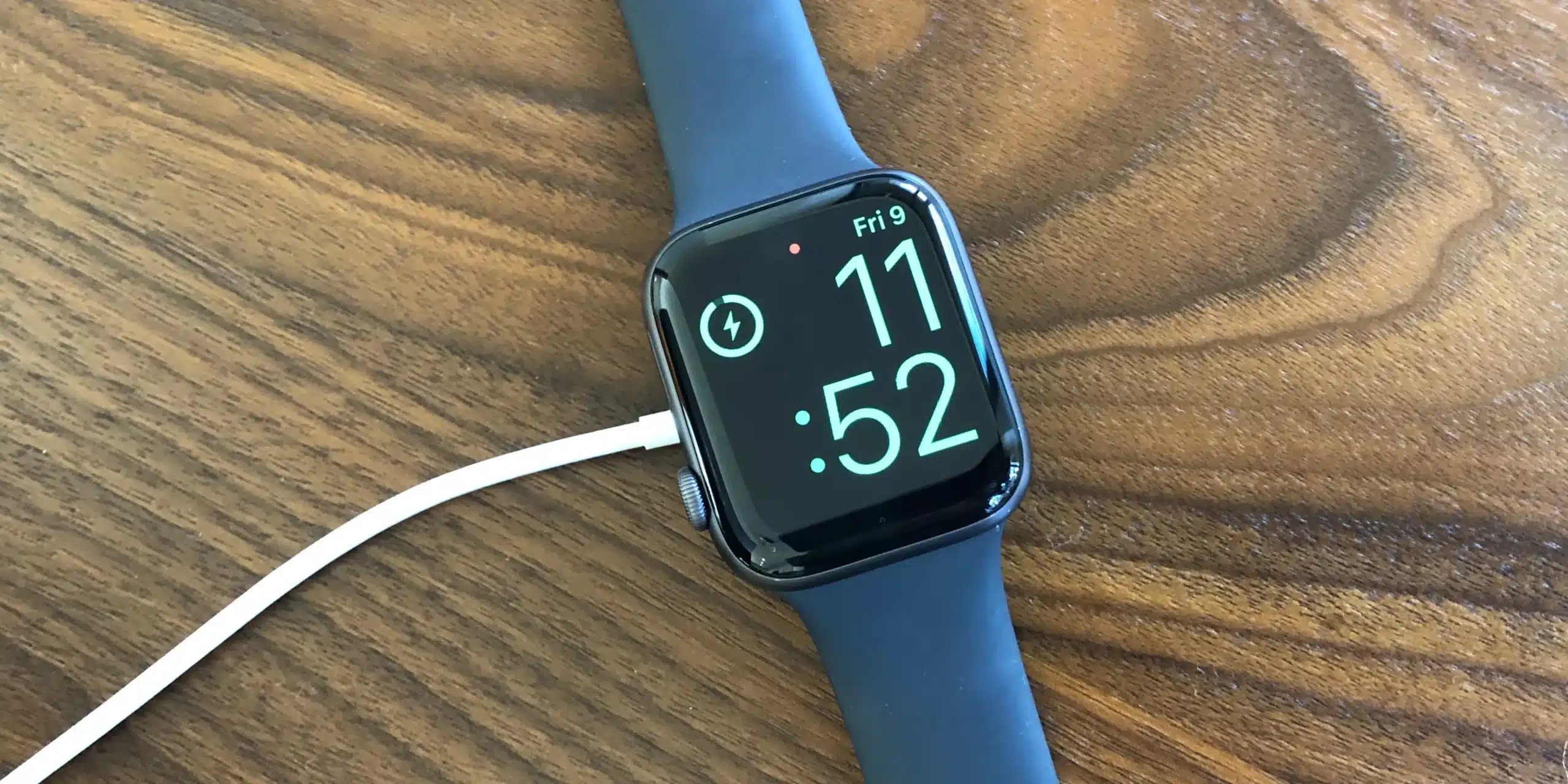If you always wondered about that big, humming appliance in your kitchen – your refrigerator – and how much it’s adding to your electricity bill, you’re not alone. It’s a common question: “How many watts does a refrigerator use?”
In simple terms, watts measure the energy an appliance like a fridge needs to run. Understanding this helps you gauge how much it costs to keep your food cold and fresh.
This guide will take you through what you need to know in a friendly, easy-to-understand way.
Table of contents
How many watts does a refrigerator use?
The wattage usage of a refrigerator varies based on its size, type, and efficiency. On average, a typical household refrigerator consumes between 100 to 800 watts, with most models falling in the 100-250 watt range for normal operation.
However, larger, feature-rich models like those with ice makers or water dispensers might use more. Energy-efficient refrigerators, especially those with Energy Star ratings, tend to use less power.
The actual wattage can be found on the appliance’s label or in its manual. Understanding this wattage is key to calculating your fridge’s energy consumption and its impact on your electricity bill, helping you make more informed choices about usage and efficiency.
Read: How Many Seconds in a Year: Time Calculation Expertise
How many watts does a refrigerator use per day?
The daily wattage usage of a refrigerator varies, but a typical household fridge uses about 100 to 800 watts.
Assuming it runs intermittently throughout the day for a total of 8 hours at 200 watts, it would consume approximately 1,600 watt-hours or 1.6 kilowatt-hours (kWh) per day.
This consumption can be higher for larger, less efficient models or those with additional features like ice makers. Energy-efficient models, particularly those with an Energy Star rating, tend to use less power daily.
How many watts should a fridge have?
The “ideal” wattage for a fridge depends on your needs and the size of the fridge. Generally, a typical home refrigerator operates within the range of 100 to 800 watts.
For smaller households or compact fridges, look for models in the lower end of this range, around 100 to 200 watts. Larger families or fridges with more features might require models closer to 250-800 watts.
However, it’s essential to balance size and features with energy efficiency. Energy-efficient models, often marked with an Energy Star rating, use less power while still performing effectively. The key is to choose a fridge that meets your space and storage needs without excessive energy use.
Also, read: How Many Years is 72 Months: Patience in Understanding Long-Term Commitments
How can I calculate the energy cost of my refrigerator?
Calculating the energy cost of your refrigerator involves a few simple steps. First, find out the wattage of your fridge, which is usually listed in the manual or on a sticker inside the appliance. Let’s say your fridge uses 200 watts.
Next, you need to know how many hours a day it runs. Fridges run intermittently, but let’s estimate it’s on about 8 hours a day. Multiply the wattage (200 watts) by the hours per day (8 hours), giving you 1,600 watt-hours per day.
To convert this to kilowatt-hours (kWh), the standard unit on your electric bill, divided by 1,000, resulting in 1.6 kWh per day. Finally, multiply this by your electricity rate (say, $0.12 per kWh), leading to a daily cost of about $0.19. Over a month, this adds up, highlighting the importance of an energy-efficient model.
Also, read: How Many Valence Electrons Does Carbon Have: Chemical Mastery in Elemental Understanding
How does refrigerator size and type affect energy consumption?
The size and type of a refrigerator significantly impact its energy consumption. Larger refrigerators naturally use more energy due to their increased space to cool.
For example, a side-by-side fridge or a model with a bigger freezer compartment typically consumes more watts compared to a smaller, top-freezer model. Additionally, features like ice makers and water dispensers can increase energy use.
However, it’s not just size that matters. The design and efficiency of the fridge play a crucial role. Newer models, especially those with Energy Star ratings, are designed to be more energy-efficient, using less power to achieve the same cooling effect.
Therefore, a smaller, older fridge might use more energy than a larger, newer, energy-efficient one. Balancing size, type, and efficiency is key to optimizing energy consumption.
FAQs
Yes, 300 watts can run a fridge, particularly smaller or more energy-efficient models. However, larger fridges may require more power to operate effectively.
To run a refrigerator, you’ll typically need a generator with at least a 1,000-2,000 watt capacity, considering the starting and running wattage of the fridge.
A 600W inverter might run a small, energy-efficient fridge, but it may struggle with larger models or those with higher starting power requirements.
Conclusion
Understanding the wattage and energy consumption of your refrigerator is key to efficient appliance use. By considering factors like size, type, and efficiency, you can choose the right fridge for your needs and manage its impact on your electricity bill effectively.
References
- energysage.com – How many watts does a refrigerator use?
- energybot.com – How Many Watts Does a Refrigerator Use?
- tcl.com – How Many Watts Does A Refrigerator Use?






